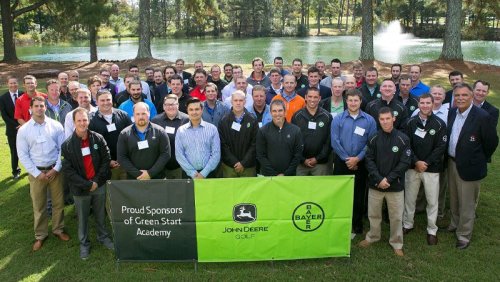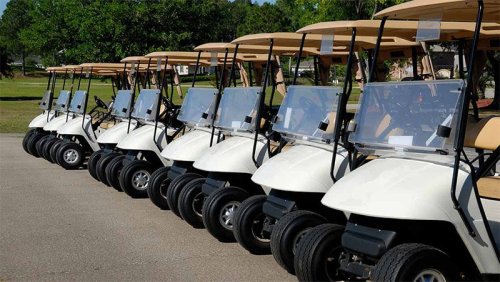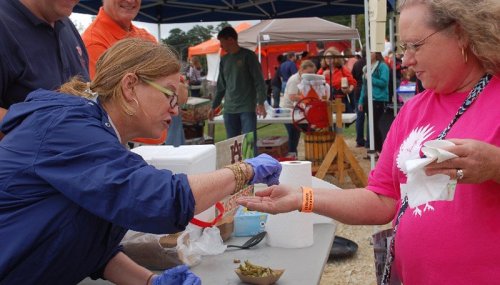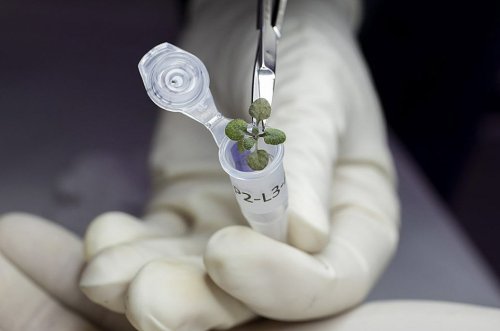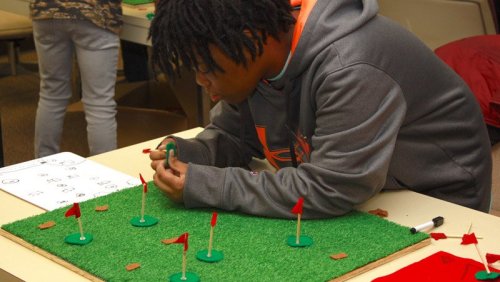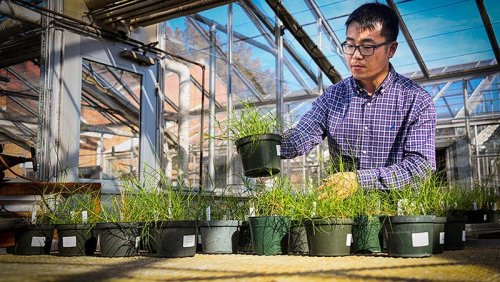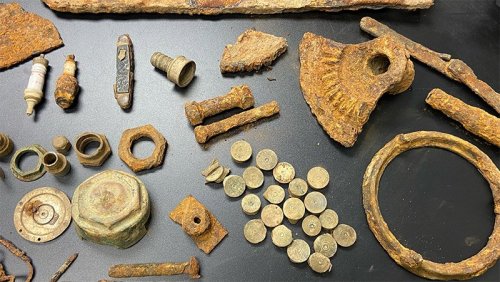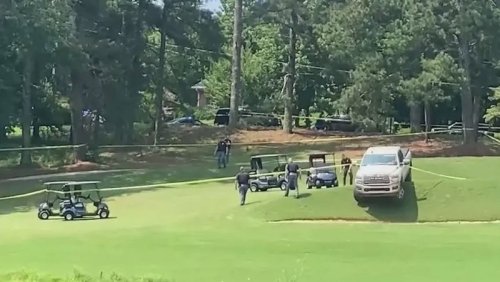

On many levels, Persimmon Hills Golf Course in rural western Tennessee is not like most places. The definition of mom-and-pop golf, Persimmon Hills is a laid-back, daily fee operation that relies heavily on an older local clientele. OK, so maybe it is like a lot of places in that regard, but in many ways it is totally unique.
Not only does Persimmon Hills owner and superintendent Steven Scott have plenty of help this season, he is having a hard time finding enough for them to do.
"This is going to fly contrary to what most managers are seeing regardless of the industry, but my biggest labor challenge right now is finding enough work for my crew," Scott said. "We had several high school and college age people asking about jobs this spring, and despite me informing them that the pay is not great and the only tangible benefit is free golf and discounted snacks, every one of them was still interested when it came time to hire for summer."
Scott has not had to spend much time or effort recruiting help, either. He has been lucky that a steady stream of high school kids have dropped by inquiring about a job.
"(They) just ask about employment. And if we have a spot available they fill out paperwork," he said. "I' ve hired four this spring and have probably had five or six more inquire. We just get their names and numbers in case we lose someone."
They don' t really apply, just ask about employment and if we have a spot available they fill out paperwork. However, I' ve hired 4 this Spring and have probably had 5 or 6 more inquire, we just get their names and numbers in case we lose someone mid-season.
Needless to say, it is an entirely different dynamic in the San Francisco Bay area. Play is bustling at the Olympic Club, just like it is at Sharon, but the similarities pretty much end there.
It is not only a different clientele, but the labor challenges there are radically different, says superintendent Troy Flanagan.
"Just like everyone else, we are having a tough time finding employees and turf managers. We have had to hire more hourly employees with little to no golf/landscape experience," Flanagan said. "I typically like to be more selective on who we hire, but lately if they show up to the interview, are presentable and hungry to work we take a flier on them hoping to find a gem."
Superintendents, along with managers in just about every other industry, have been struggling to find enough help for more than two years. Many potential workers are seeking greener pastures in higher-paying jobs, while some others do not appear to be interested in working at all. Then there are the hybrids, those who want the good-paying gigs, but do not want to put in the work.
"Labor is crazy," said Al Choiniere at Rocky Ridge in Vermont. "They want (a lot of money), but won' t show up. Construction is paying a lot more. I' m starting new hires with little or no expectancy at $18 to $20 an hour if I can find them. Been looking for a mechanic all season with no luck."
Since the early days of Covid, Chris Reverie has been struggling to get parts and equipment at Allentown Municipal Golf Course in Pennsylvania. Any such delay can be a major problem at a municipal course where backup equipment is a luxury, not the norm.
"This is not a year for equipment failures," Reverie said. "It has been weeks and sometimes months for parts and golf course accessories."
Even the big boys are not immune from supply chain challenges. Stephen Rabideau at Winged Foot in Westchester County, New York also is finding it difficult to get what he needs when he needs it. As a result, Rabideau is trying to stay ahead of the problem by anticipating what he might need and when.
"We are having to be proactive on ordering well in advance to make sure we allow plenty of time for supply chain issues," Rabideau said. "We are trying to make sure we have anything we might need on the shelves for when something breaks, or we need it.
"For us, the expectations are the same on the course, so it' s going to cost more.
- Read more...
- 1,346 views


